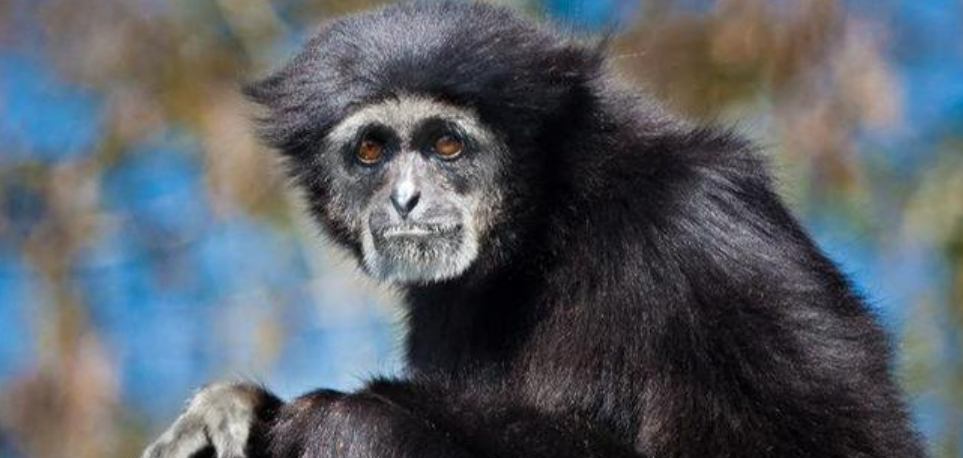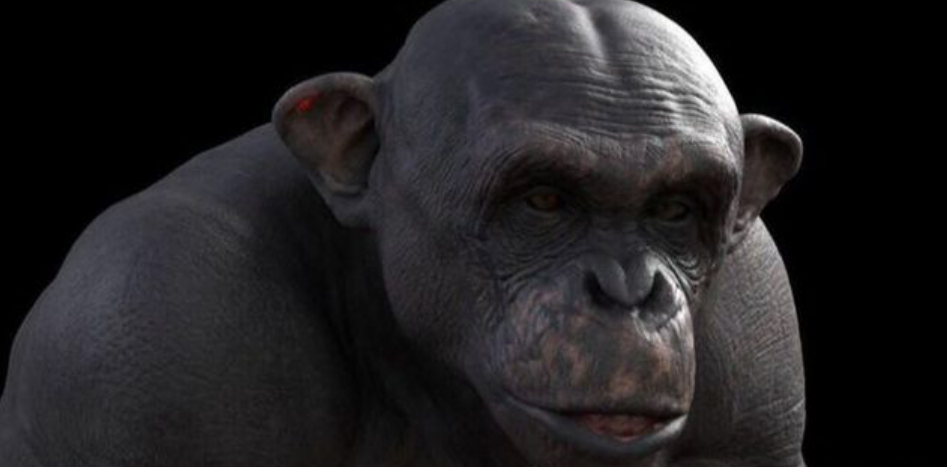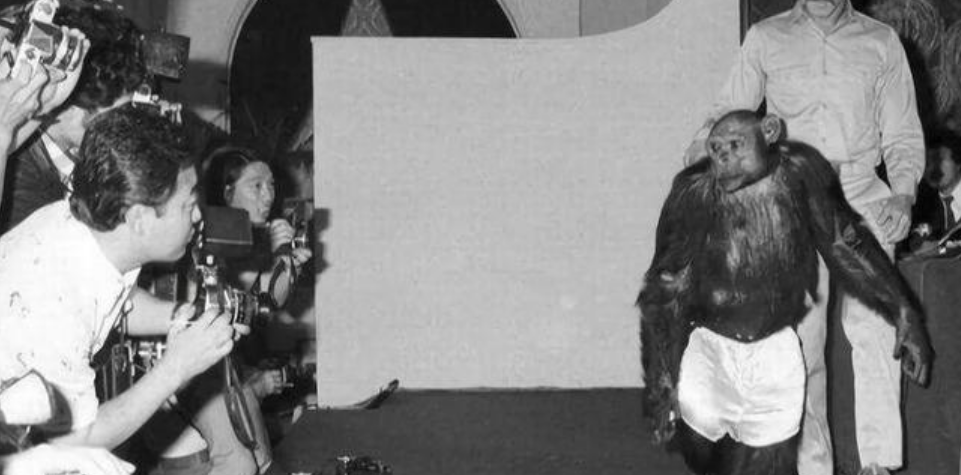How far are humans from chimpanzees? They are the most human-like chimpanzees in history and were once considered transitional human species.
Of the over 1.5 million known animal species on Earth, chimpanzees are undoubtedly the closest to humans, with a genetic similarity of up to 98%. Chimpanzees and humans only differ by 2% in terms of genetics, but not all genes are included.
When we compare the genes of a species to those of humans, we actually use coding genes because most of the genes that function in the organism are coding genes, which account for no more than 2% of the entire DNA sequence. So when we say that the genetic similarity between chimpanzees and humans is up to 98%, we are actually referring to the similarity of the coding genes, not the entire DNA sequence. The high similarity of coding genes allows chimpanzees to have some external characteristics similar to humans. The reason why chimpanzee genes can be so close to human genes is that the two separated latest in the course of evolution. As early as 30 million years ago, apes differentiated from monkeys into the families of monkeys and hominoids.

About 6 million years ago, the human lineage and the great apes achieved evolutionary separation, and our ancestors, Homo sapiens, separated from chimpanzees about 5 million years ago.
Although chimpanzees separated from humans last in the course of evolution, there is no denying that they are far from humans in terms of external features and intelligence. This has led many people to still not believe that humans and chimpanzees have a common ancestor. In fact, not only ordinary people have doubts about this, but scientists also have doubts. As a result, some scientists began to suspect that there was an unknown transitional human species between chimpanzees and humans.
Although there were doubts, there was no evidence until a special chimpanzee appeared. In 1958, locals in the Congo captured a unique-looking chimpanzee, which was said to be unique because it looked more like a human than other chimpanzees.

In terms of appearance, this unique chimpanzee’s mouth does not protrude excessively forward, making its facial features more similar to those of humans. In terms of behavior, this chimpanzee always walks upright and its walking posture is completely different from that of other chimpanzees. If one adjective is added, it is more “civilized.”
Two years later, animal trainers Frank and Janet came to Africa, where they discovered this chimpanzee and bought it, naming it “Oliver.” From then on, Oliver began to be known to the world. However, Oliver’s real moment of fame came 15 years later, in 1975, when a lawyer named Miller spent $8,000 to buy Oliver from two animal trainers. After that, he took Oliver on his “entertainment journey.” They traveled around the world for exhibitions and television programs, and the famous Oliver soon caught the sustained attention of the scientific community, by which time he looked even more like a human than when he was first captured.

Due to living with humans for a long time, Oliver developed many human-specific habits. At this point, Oliver was not only able to perform simple household chores, but also began smoking and drinking coffee.
What’s more interesting is that Oliver enjoys being with women, but has no interest in female chimpanzees. Of course, there is no dramatic plot here. Oliver is a very civilized chimpanzee. With these characteristics, some scientists began to suspect that Oliver was a transitional species between humans and chimpanzees. However, this can only be a suspicion, because Oliver is a special case. In the local area of the Congo where Oliver was captured, no other chimpanzee like him has been found.
However, determining what a species is cannot be based solely on external features and behavior. It also needs to be approached fundamentally by testing its chromosomes. We know that humans have 46 chromosomes, while chimpanzees have 48 chromosomes. So, how many chromosomes does Oliver have? He has 47, according to the first sampling and testing done by a Japanese zoologist in 1977.

If this is the case, does this count as solid evidence for a transitional species? It could be considered as such, but the truth is more mysterious. The 47 chromosomes became a significant halo for Oliver, and an important selling point for his exhibition. However, it raised suspicions from a geneticist at the University of Chicago. Therefore, in 1996, the geneticist re-examined Oliver’s chromosomes, and the results showed that Oliver actually had 48 chromosomes. So it is clear that Oliver is not a transitional species, but rather just a chimpanzee, albeit a unique one in terms of appearance and behavior. Oliver, although just a chimpanzee, never gave up getting close to humans. His final approach to humans was his life. He lived for 55 years, far exceeding the lifespan of wild and captive chimpanzees.